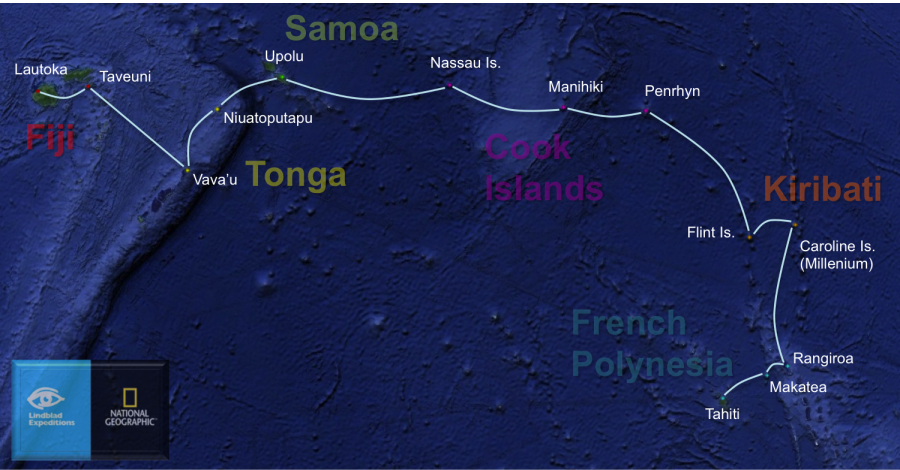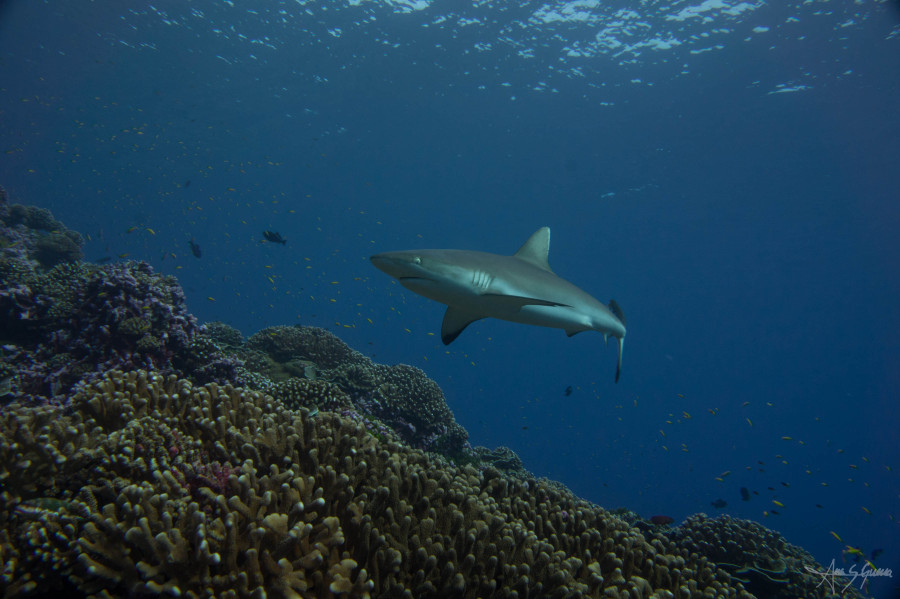Thanks to the amazing sponsorship by Lindblad Expeditions, I spent three weeks aboard the National Geographic Orion on a fascinating island-hopping trip from Fiji to French Polynesia. On the trip we visited 13 islands and six countries; Fiji, Tonga, Samoa, Kiribati, the Cook Islands (New Zealand), and French Polynesia.
This trip was one of the most interesting, informative, and fascinating experiences I have ever had. From completely unplanned stops to places such as Nassau Island to visiting Manihiki Atoll where we received a truly genuine welcome from the local village as our ship had been the first passenger vessel to ever visit the island! From getting stuck on our zodiacs in inches of water during an outgoing tide to an evening snorkel with a rotting sperm whale carcass.
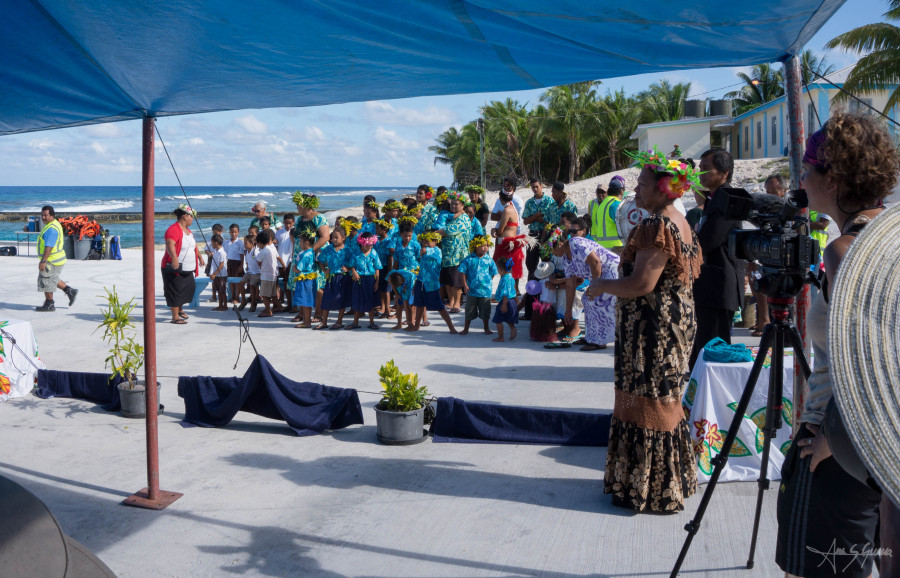
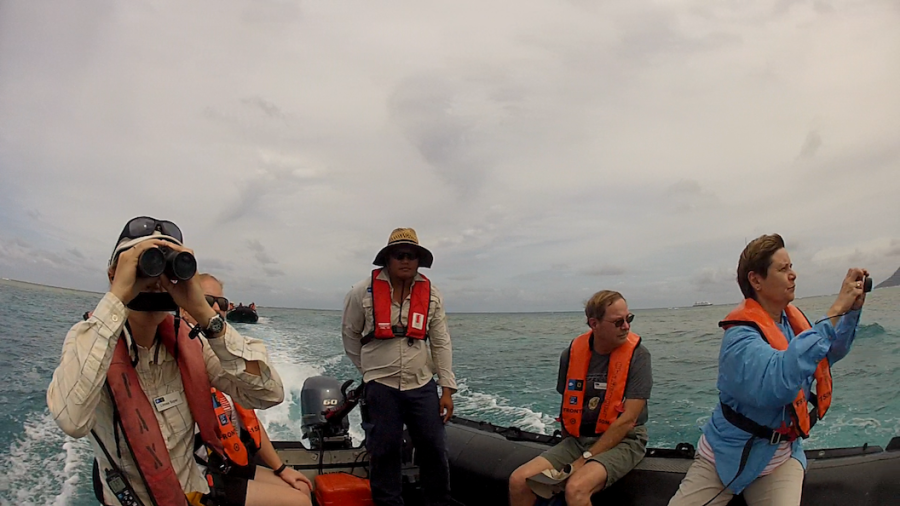
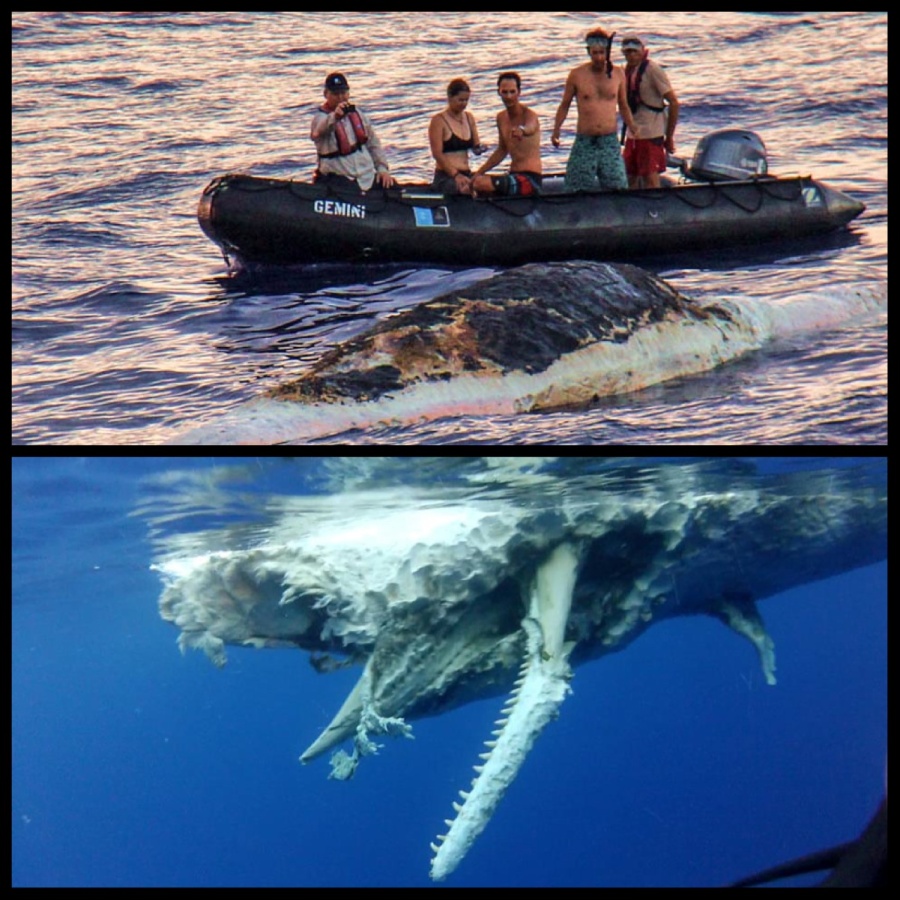
Visiting all these different reefs and islands across a span of under 3,000 miles offered the unique opportunity to witness just how much an ecosystem can vary over a relatively short geographical distance.
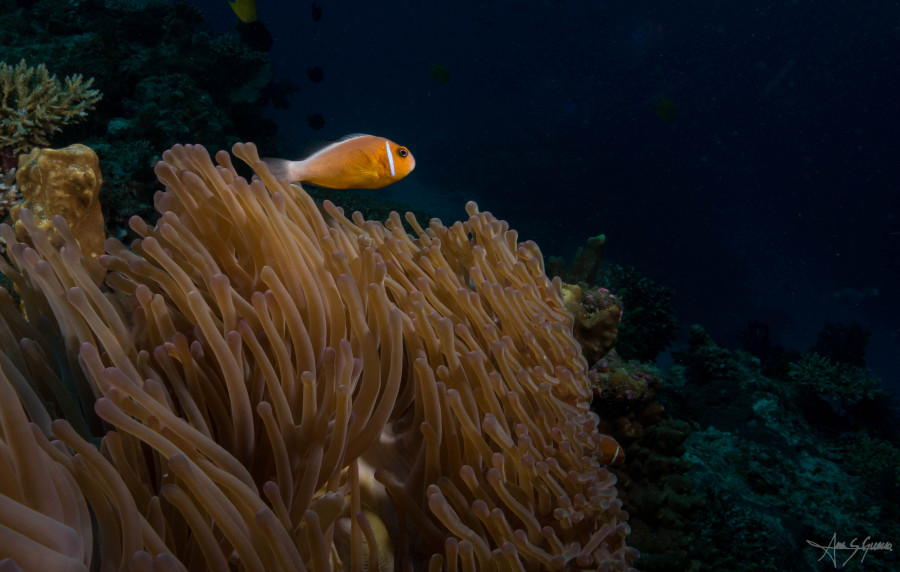
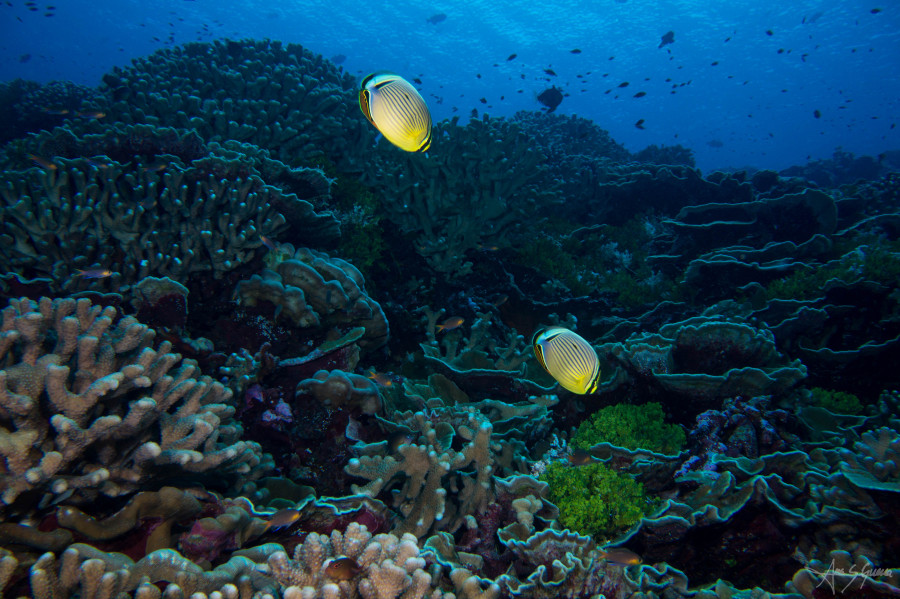
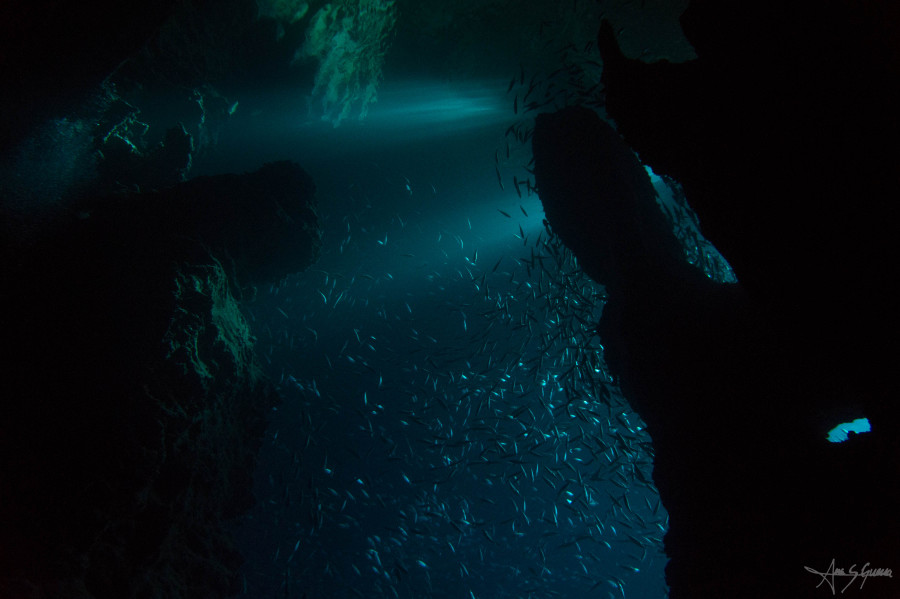
Among many things, the trip was a crash course on the effects of human impact. Most of us are aware of the threats our oceans face, but there’s something jarring about experiencing it in such a short span of time. To see the difference between a reef that has been devastated by the effects of overfishing, pollution, crown-of thorns outbreaks and cyclones, such as the ones we unfortunately encountered diving in Samoa, to the coral-covered, predator-infested, clean healthy reefs of Millennium Atoll (aka Caroline Is.) in the Southern Line Islands.
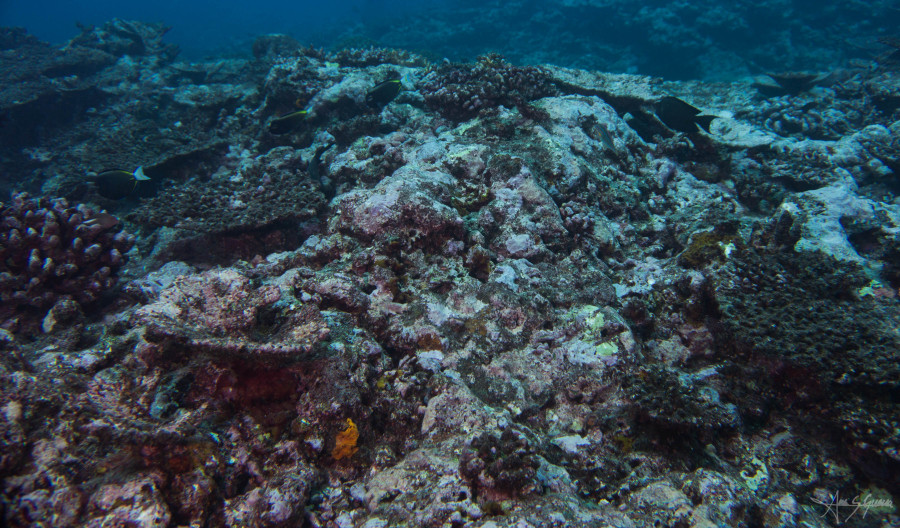
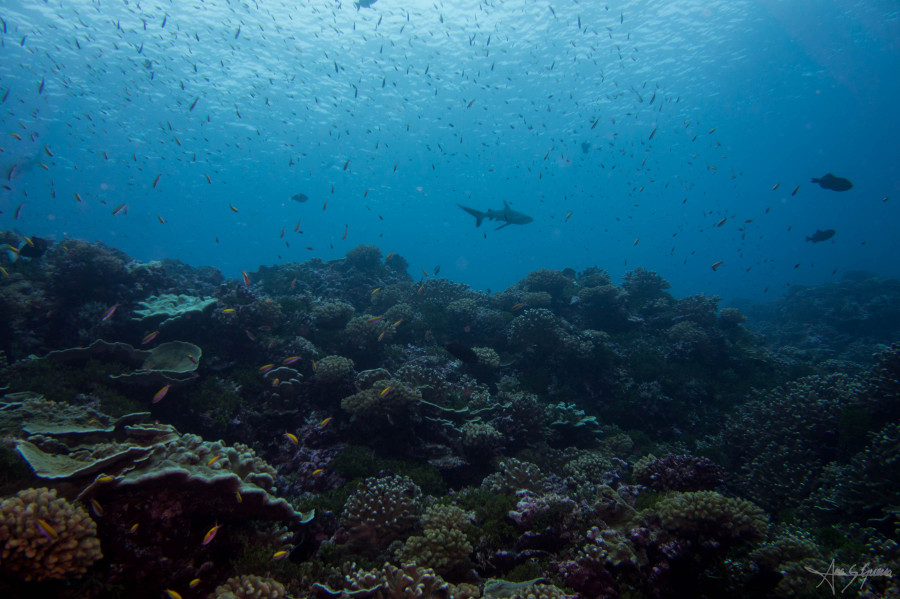
“Pristine” places like Millennium Is. are increasingly hard to find – islands and reefs that have, for the most part, slipped through the cracks of our grasp. They are invaluable remnants as a window to the ocean’s past, to a time before our species reached the reefs. Millennium and the few remaining reefs like it serve as ecological baselines; they provide us with insight on how a healthy ecosystem does and should work in our absence, and so inspire us to try to restore and conserve some of our more degraded reefs despite our presence and impact.
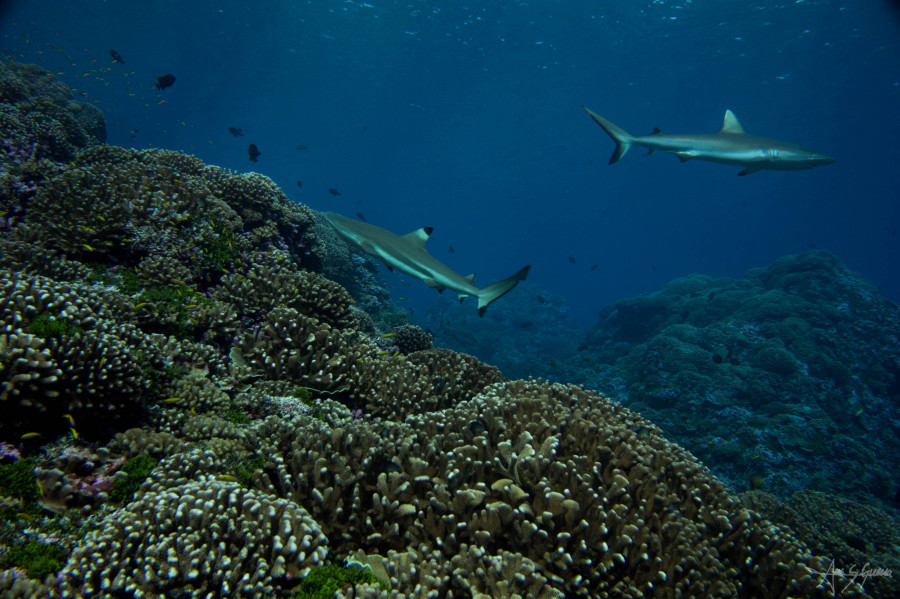
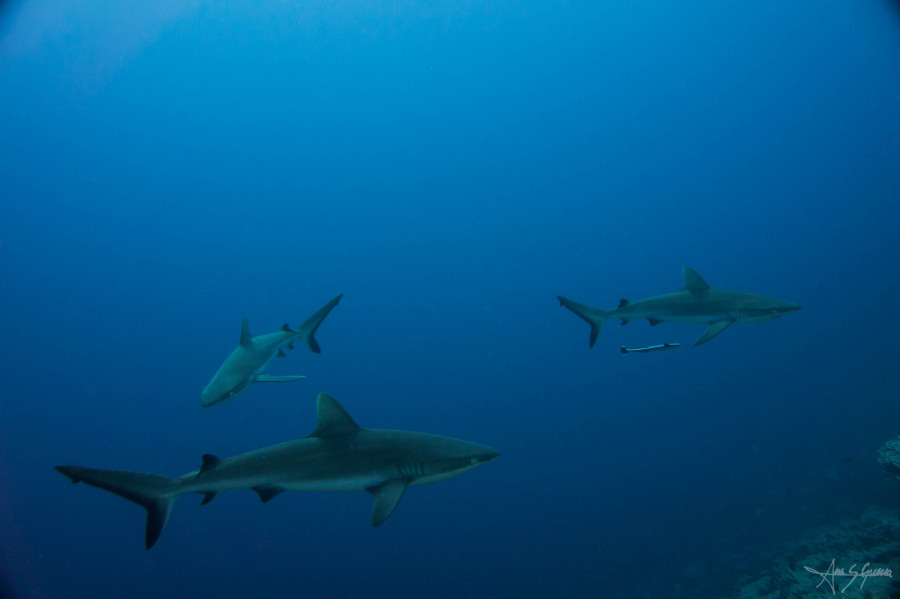
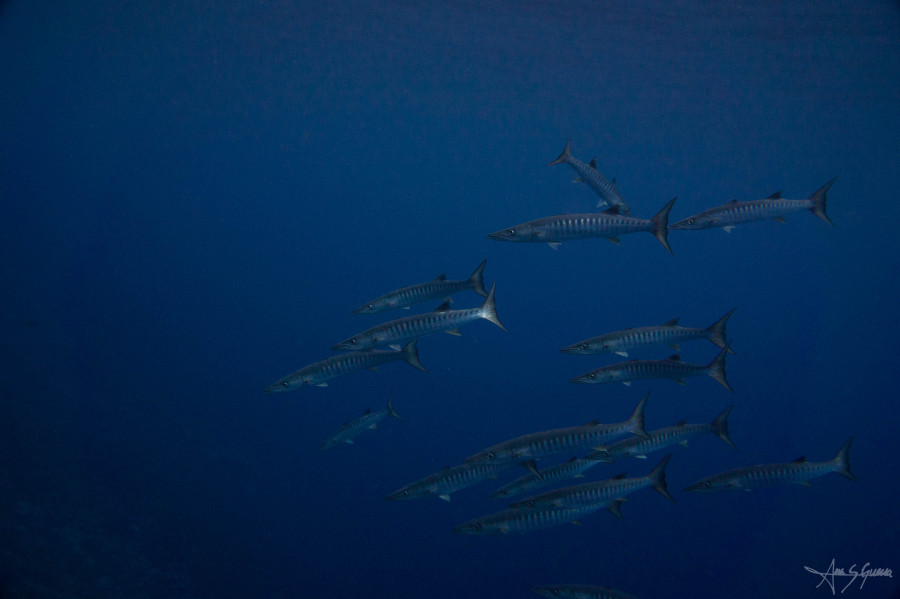 Millenium Atoll: (top) three grey reef sharks that came to say hello, (middle) a small school of
blackmargin barracuda, (bottom) a grey reef shark and a black tip reef shark on the slope.
Millenium Atoll: (top) three grey reef sharks that came to say hello, (middle) a small school of
blackmargin barracuda, (bottom) a grey reef shark and a black tip reef shark on the slope.
Ending on that note, below you will find two (of the many) ways that you can “do your part” for conserving these remaining gems and helping restore our less fortunate reefs.
– Donate to Pristine Seas: National Geographic and Explorer-in-Residence Dr. Enric Sala launched the Pristine Seas project to find, survey, and help protect the last wild places in the ocean. It is essential that we let the world know that these places exist, that they are threatened, and that they deserve to be protected.
– Eat responsibly: Overfishing is one of the biggest pressures our oceans face. Most stocks are overfished – and you can do your part to avoid contributing to the problem! The Monterey Bay Aquarium Seafood Watch and FishWise offer you tools to make your choices responsibly. Download the app, print out the pamphlet, think about where the food on your plate is coming from.
Please feel free to contact me if you want to know what else you can do!
